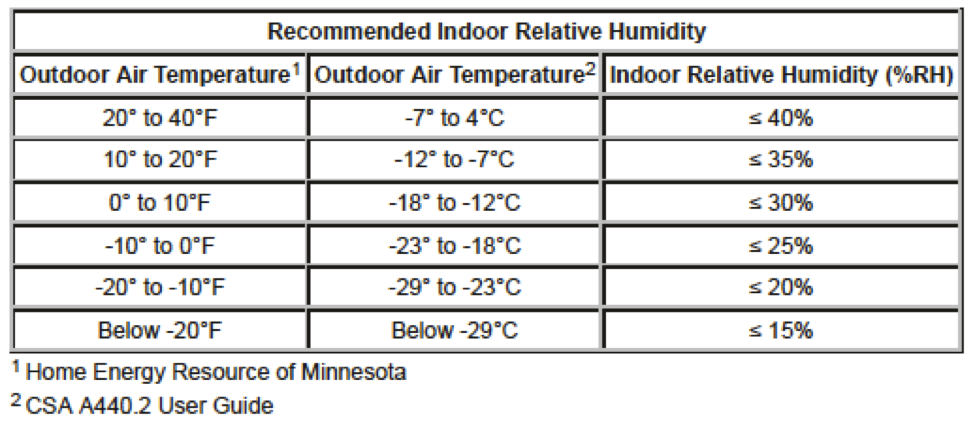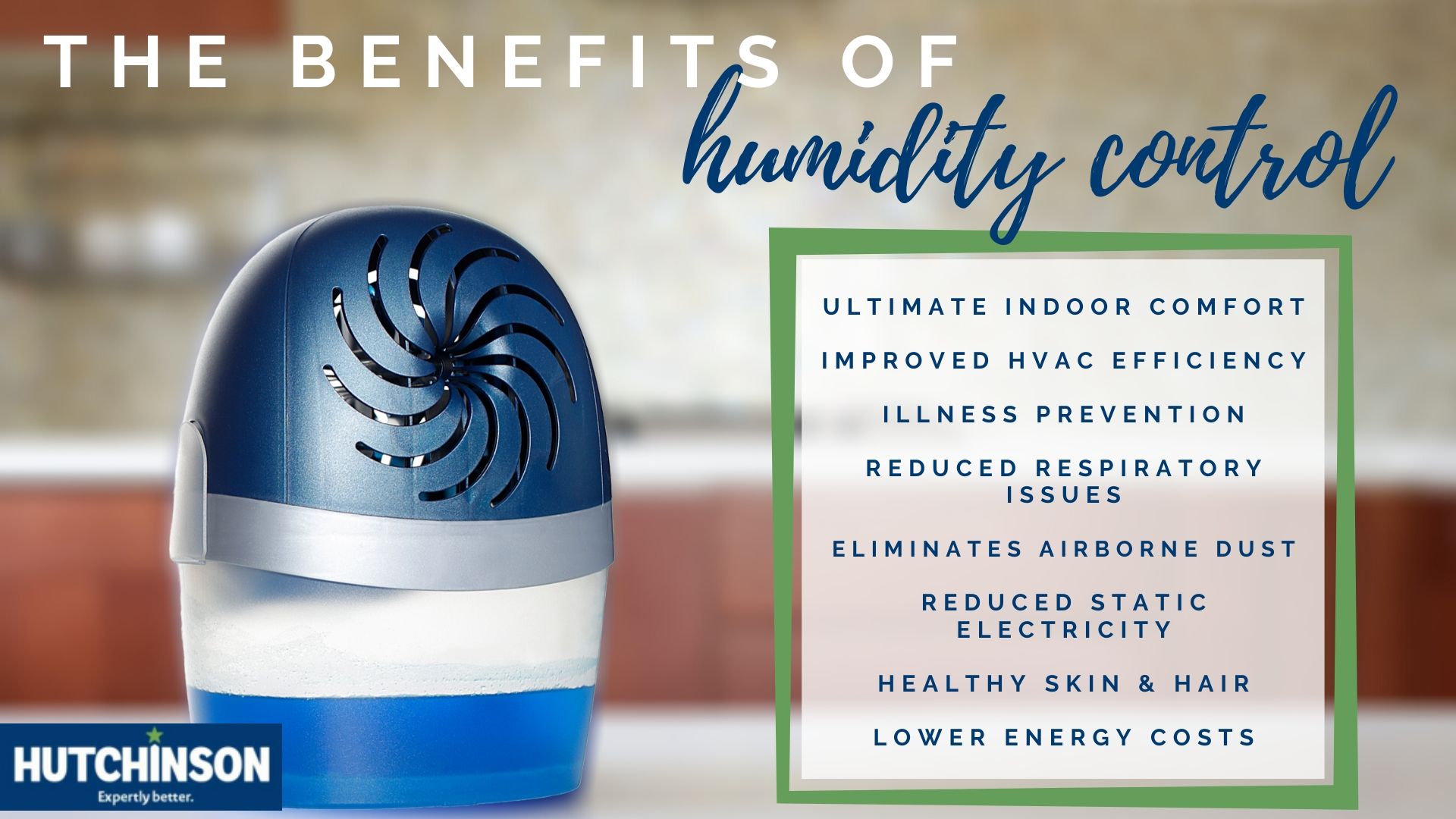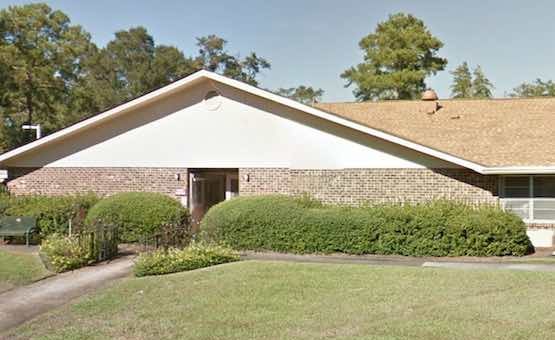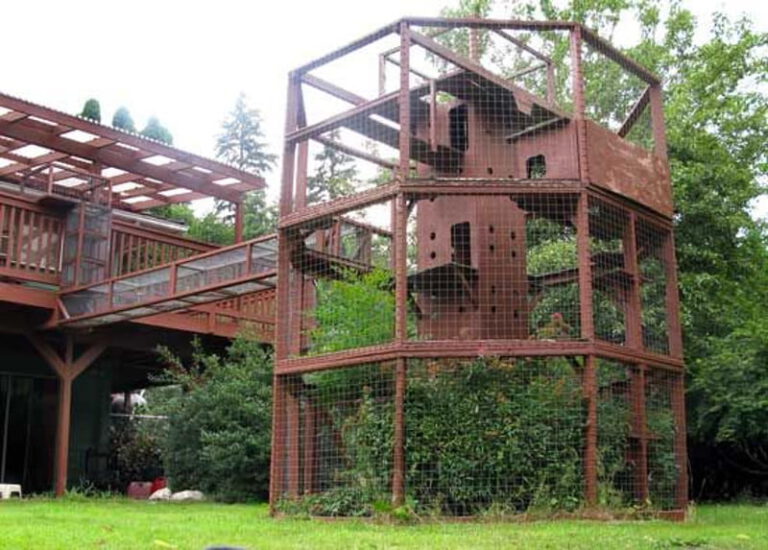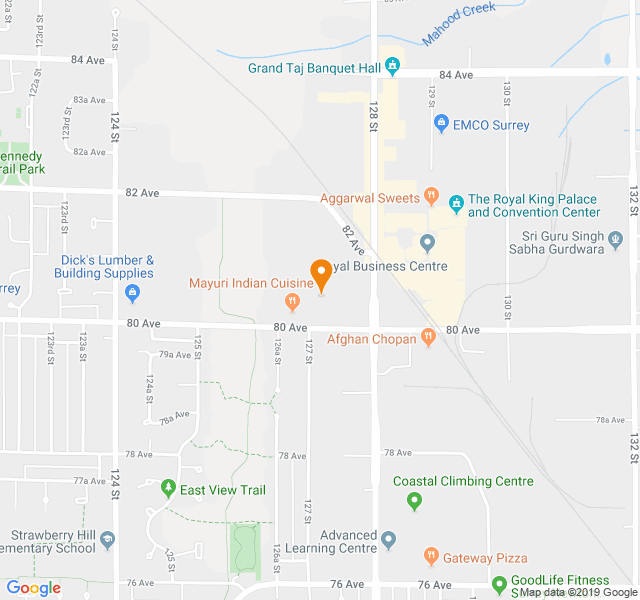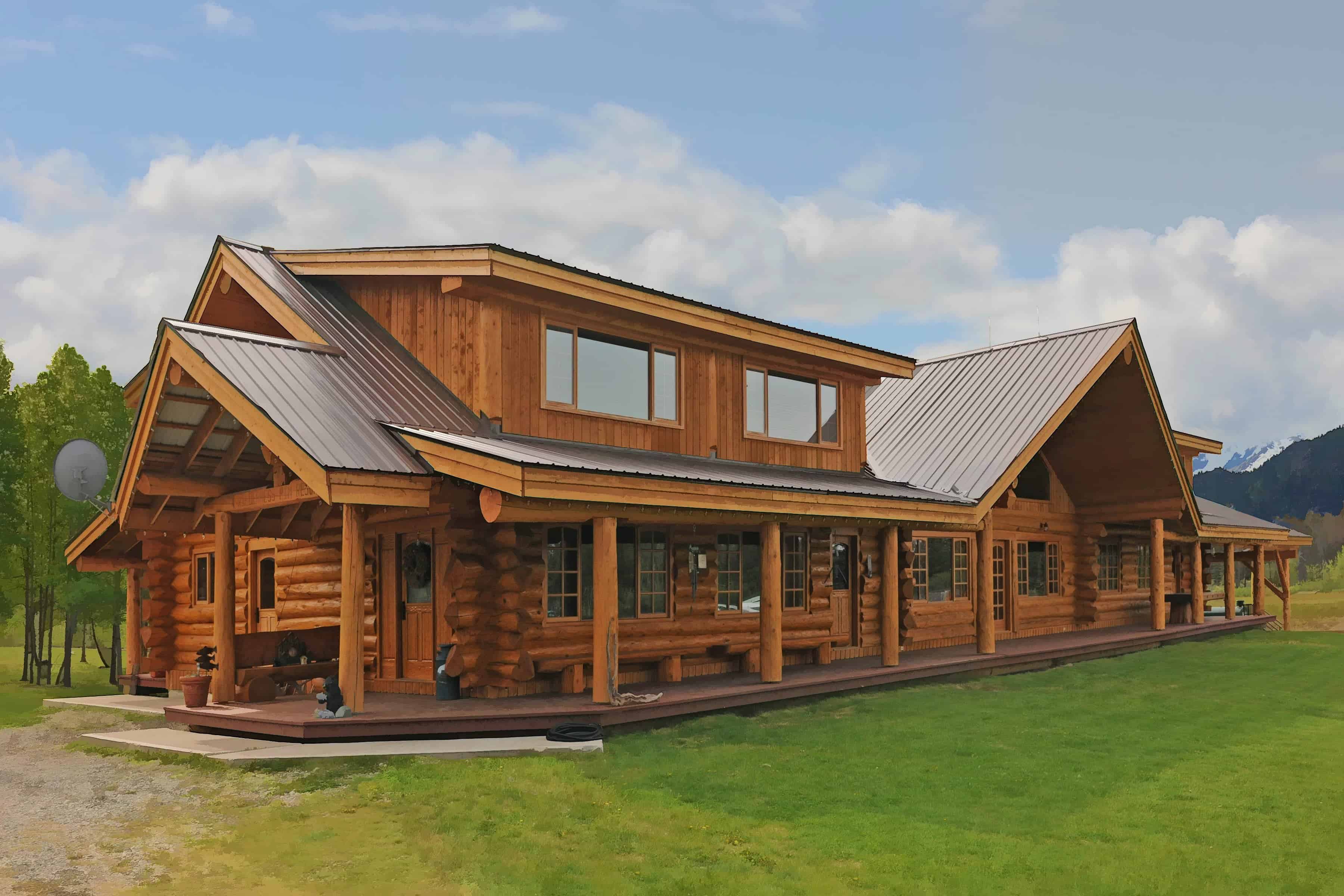Table of Content
The summer comfort range is highlighted in green, and the winter comfort range is highlighted in blue. Notice how these numbers do not directly follow the ASHRAE Standards but are close to them. Wet bulb temperature – This form of temperature is measured by a thermometer bulb that is exposed to airflow, and that is moist. A hygrometer is a device that measures humidity from 0% to 100% . If you’re concerned that your basement is humid, install a hygrometer to monitor it. High humidity and mold go hand-in-hand, so keep a clean basement.

Your wood is going to stay sturdy and strong, and your family isn’t going to turn into sweaty bog-monsters, which sounds like a win-win to us. Humid summer weather, on the other hand, can also create annoyances. Mould and dust mites thrive in more humid environments - and both create problems for allergy and asthma sufferers. Plus, we all know how uncomfortable heat and humidity are when they’re combined . The lifetime of dehumidifiers usually ranges from five to 10 years.
Brilliant Uses for Wood Ash in Your Home & Garden
We’re going to find that out in today’s post, as we explore humidity’s impact on our lives and what causes it to rise and fall inside our properties. This will allow you to live comfortably, keep microorganism growth down, and protect your home from moisture damage. Another related bad experience is increased static shocks. You will regularly feel that electrocution effects when you touch metallic surfaces.
We think making Christmas crafts as a group is a great way to enhance holiday cheer. All of these projects are simple enough for any beginner crafter to try, which makes them fun for loved ones of all ages. Turn a set of stockings into an advent calendar with special treats as you count down to Christmas.
#3: Invest in a dehumidifier
High or low levels can also exacerbate existing respiratory symptoms, allergies, asthma and increase your chances of catching a common cold or flu. Additionally, air that is too dry or too humid is just generally uncomfortable to live in. When indoor humidity falls below 40%, it is considered a low humidity level. Low indoor humidity is more common during the winter season, particularly in regions that regularly experience freezing temperatures and snowfall.
Dehumidifiers are designed to turn off when their trays are full of water. This protects your home from flooding and the dehumidifier from water damage. You can ensure that the dehumidifier continues operating by simply allowing it to drain into the main drain.
What is a good humidity level?
If the relative humidity is 50 percent, the air is only holding about half the amount of moisture it’s capable of holding at that temperature. Seasonal changes and the climate where you live will play a role in your home’s humidity level, but the ideal atmosphere is below 50% humidity. While humidity levels require a formula for accurate measurement, a hygrometer will automatically measure the humidity level of your home . High humidity has a terrible effect on your home’s structural integrity as well. It creates condensation on windows, promotes mold growth, produces a foul or muggy odor, draws in insects and gives the air an overall moist, sticky feel.

We’ll talk about the side effects of abnormally high/low moisture levels in a moment. For now, let’s focus on the normal levels at different times of the year. Place your thermometers in the room where you want to test the humidity level. It’s important you do all of the steps in the same room, to make sure that the mercury always starts recording the temperature in the same conditions.
Finding the Ideal Humidity Level for the Air in Your Home
Well, keep reading to find out the ideal indoor humidity level for your home. We spend a lot of time thinking about properly heating and cooling our homes, especially with summer coming right around the corner. But do you ever think about the humidity levels in your home? Controlling the humidity inside of your home can be just as crucial to living comfortably as controlling the temperature. Regardless of the climate you live in, managing ideal humidity for your home should be a priority for every homeowner. The truth is, the levels of indoor humidity in the air can affect your health, the comfort of your home, and the proper functioning of your cooling and heating systems.

For a person with asthma or other respiratory diseases, this is a big problem. During summer, where the temperature is feeling much hotter, you may want to keep your indoor humidity levels less than 60 percent at all times. Creating a space with the ideal indoor humidity level means your family is more comfortable and you’re protecting your home. Most people find a relative humidity level between 30 and 50% is most comfortable.
This relative humidity in your home should also scale with the outdoor absolute humidity. Dixon cautions that older wall humidistats are often inaccurate with their readings. On the plus side, most smart thermostats display the humidity level in your home . When you find the relative humidity going below the 30% – 50% range, you need to immediately switch off the dehumidifier. If there is too much dehumidification, say below 30%, it will result in the growth of several bacteria, mold, and dust mites that thrive in low humidity conditions.

Often, these models have an auto mode that allows the humidifier to automatically adjust humidity output depending on the humidity levels in the vicinity. To find out more about humidifiers like these, check out our review on The Best Dual Mist Ultrasonic Humidifiers. Your heating and cooling systems can play a key role in keeping humidity at bay. Ciresi advises keeping your windows closed at night during the spring and fall, when the air is humid . "If the humidity level outside is above 45 percent it's probably best not to open your windows, no matter what the temperature may be." Typically, when a basement falls outside of the healthy humidity range, it’s easy to tell.



